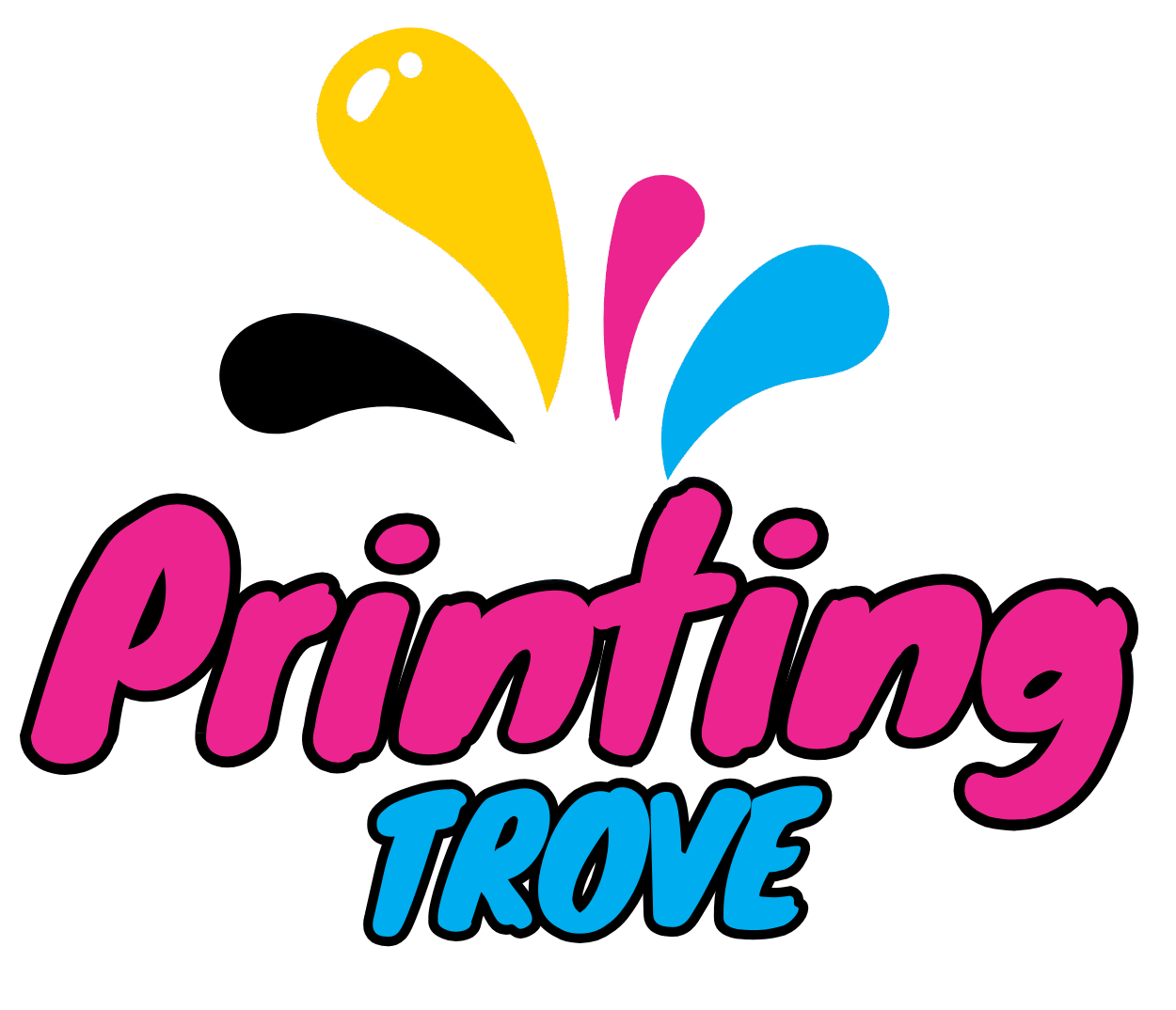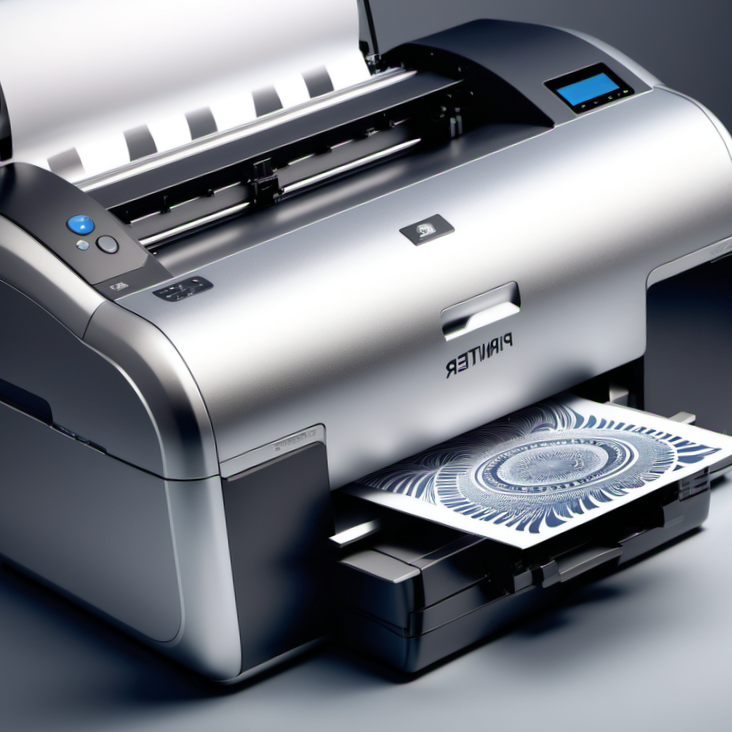
Sublimation printing is rapidly gaining popularity for custom apparel, mugs, and more. A common question among DIYers and crafters is Can you use a regular printer for sublimation? This article explores that question in depth, from understanding printer anatomy to equipment recommendations, so you can make the best choice for your sublimation projects.
Unveiling the Truth: Can Regular Printers Be Used for Sublimation?
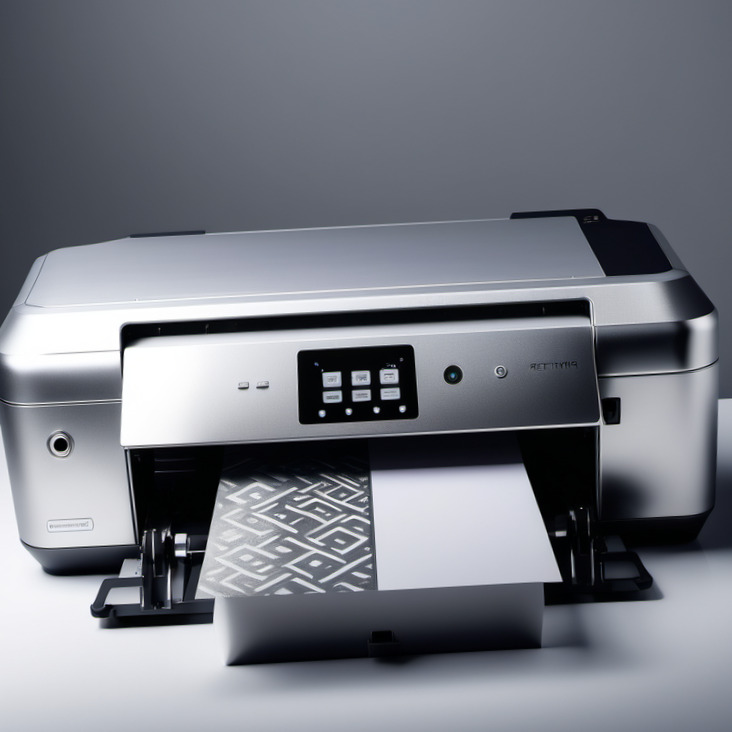
The short answer is: not all regular printers can be used for sublimation. Sublimation requires specific technology that not every printer supports. Only certain inkjet printers, particularly those with Micro Piezo printheads (like many Epson models), can be converted for sublimation printing.
Trying to use a regular printer without proper conversion or compatible ink will lead to poor results and possibly damage your machine.
The Anatomy of a Sublimation Printer
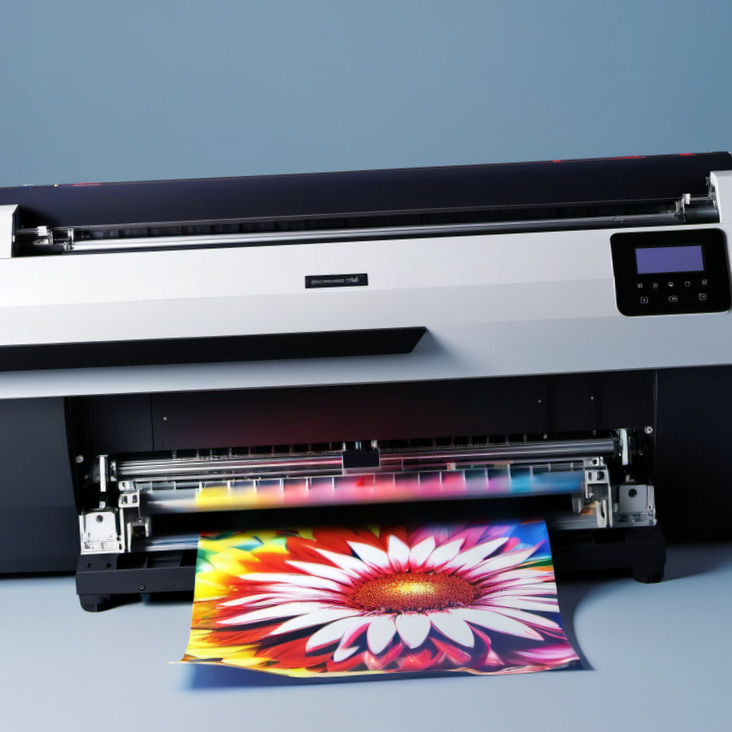
A sublimation printer differs from a standard printer in a few key ways:
- It uses sublimation ink, which turns into gas when heated.
- It requires special sublimation paper to transfer ink effectively.
- It is often designed with heat transfer applications in mind.
Understanding these differences is critical before attempting to convert or buy a printer. Read my separate article if you are wondering about the use of sublimation printers for regular printing.
Essential Requirements for Sublimation Printing
To start sublimation printing, you’ll need
- A compatible inkjet printer (Epson EcoTank is popular)
- Sublimation ink
- Sublimation paper
- A heat press machine
- Sublimation blanks (poly-coated or polyester materials)
Each component plays a vital role in achieving vibrant, durable transfers.
The Conversion Conundrum: Transforming an Inkjet into a Sublimation Printer
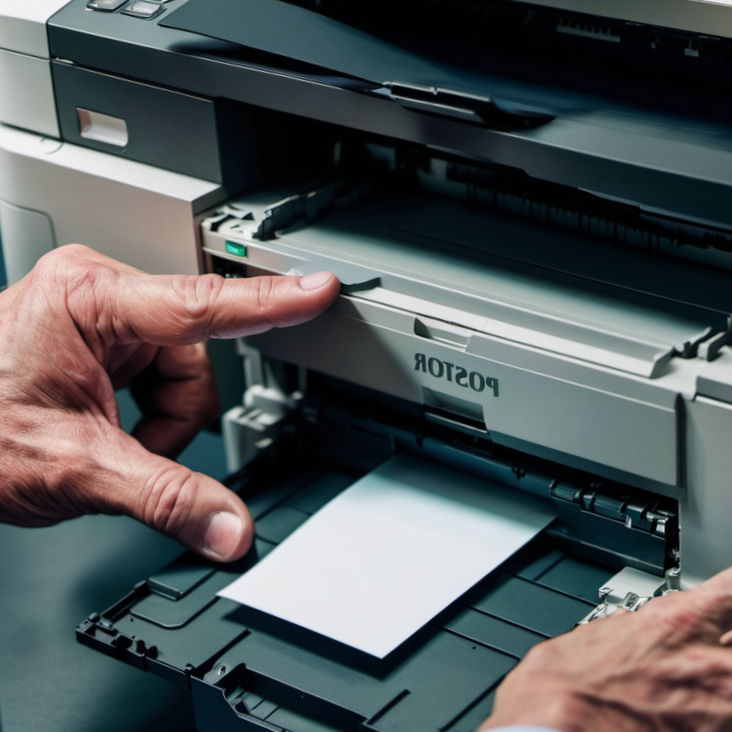
Yes, some regular inkjet printers can be converted into sublimation printers — but only under certain conditions:
- The printer must be brand new (never used with regular ink)
- You’ll need to fill it with sublimation ink from the start
- Some maintenance and color profiling may be required for optimal results
Once converted, the printer should only be used for sublimation to avoid contamination.
Sublimation Ink vs. Regular Ink: Can They Coexist?
Sublimation ink and regular ink are not interchangeable. Mixing them can clog your printer, ruin color accuracy, and damage the printhead. If you plan to use sublimation, dedicate a printer solely to sublimation ink from the start.
Sublimation Paper: Not Your Ordinary Printer Paper
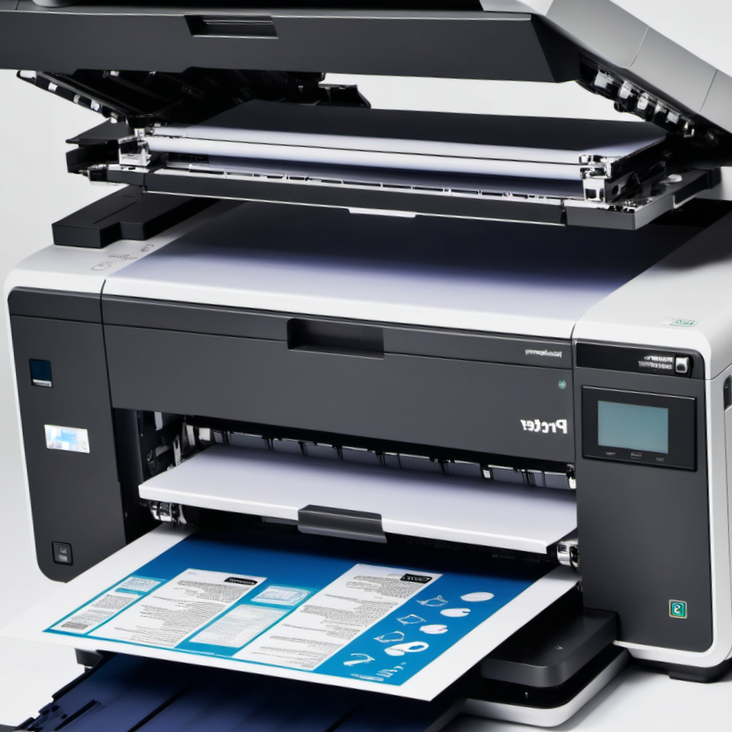
Sublimation paper is specifically designed to hold sublimation ink and release it during the heat transfer process. Using regular paper will cause:
- Poor image transfer
- Dull colors
- Ink bleeding or smearing
Always use high-quality sublimation paper for best results, especially when printing on fabric or ceramic surfaces.
The Role of Heat Presses in Sublimation: Why a Regular Printer Falls Short
Even with a sublimation-ready printer, you need a heat press to complete the process. Sublimation works by turning ink into gas under high heat, which then bonds with polyester materials.
Regular printers can’t apply heat — so without a press, your transfer won’t happen.
Maximizing the Potential of Converted Printers
If you’ve converted an inkjet printer for sublimation, follow these tips:
- Use it regularly to prevent ink drying
- Calibrate colors using ICC profiles
- Perform nozzle checks frequently
- Store in a cool, dust-free environment
Proper care ensures your converted printer lasts longer and delivers consistent results.
Sublimation Projects: What You Can Create with the Right Equipment
Sublimation opens the door to a wide range of creative products:
- Custom T-shirts, hoodies, and caps
- Mugs, tumblers, and water bottles
- Mousepads, phone cases, and keychains
- Puzzles, photo slates, and ornaments
Just remember — sublimation only works on polyester or poly-coated items.
Navigating the Market: Finding the Best Sublimation Printer for Your Needs
Here are some top picks for sublimation printers in 2025:
- Epson EcoTank ET-2800 / ET-15000 – Affordable and popular for DIY
- Sawgrass SG500 / SG1000 – Professional-grade sublimation printers
- Canon printers – Generally not compatible with sublimation
When choosing, consider your budget, print size needs, and intended usage.
Final Thoughts
While you can’t use just any regular printer for sublimation, certain inkjet printers can be safely converted — provided you use the right tools and follow proper procedures. Whether you’re starting a small business or exploring a new hobby, sublimation printing can be fun, profitable, and creative with the right setup.
